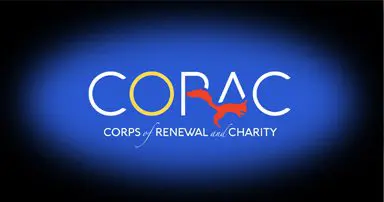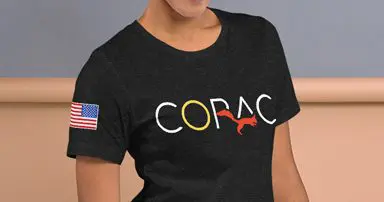General Guidance and Tips
-
The handwriting paper with red and blue lines is great for beginners.
-
Many children find their pencil slipping or have discomfort at first. Try using thicker pencils, get pencil grips, or re-use a rubber grip from an old pen on their pencil.
-
A wonderful way to get students, especially boys, moving and learning the direction the letters go, is to have them use large, arm-extended motions as you stand with them, facing the same direction, tracing the letter they are learning in the air. You may need to stand behind and guide them a few times. Another movement-oriented way is to write very large letters on the sidewalk with chalk, then have the student walk the letter-writing out (following you, if needed), so they get the direction in their mind.
-
For a reluctant beginner or perfectionist, it may be helpful to fill the bottom of a pan with rice or sand, and have the student trace letters with a finger just to get the motion and the idea of shapes and lines. It’s a similar principle to the wet-sponge-on-a-slate method used in
-
Handwriting Without Tears; the child gets the idea, it doesn’t have to be perfect, and there’s no permanent record of “mistakes.”
-
When a child, especially a boy, goes through a growth spurt, his hand muscles and grip may change, and he may experience a setback in his penmanship, which can be frustrating and mystifying. Grip strengthening can help with that.
-
Left-handed writers often smudge their writing. One response is to just not worry about it, but try different writing instruments to see which works best (pencil doesn’t smudge as bad as ink pen).
-
Alternatively, teach the child to hold their pencil just like a right-hander does, with their pinky resting on the paper and all the other fingers up above it, so that nothing drags through previously-written letters.
-
Copywork is a wonderful way to practice penmanship once all the letters are learned. It’s also a great way to connect with literature. Favorite poems, quotes and prayers are an endless source of copywork material. These can be illustrated and collected into a keepsake portfolio.
-
Some kids will want to go back to printing when they’re done with in cursive for practice, so they don’t forget – perhaps something special, like prayers they are learning. Help them develop their signature, and have them practice it regularly, so it will become neat, legible and eventually look “grown-up”.
-
Children also need to learn to READ cursive, so they can understand historical documents–and grandma’s birthday cards. Practice this skill by printing things out in different cursive fonts on the computer, and by reading copies of actual historical documents like the Constitution, etc.
-
Some children have a terrible, pain-filled time getting ideas down onto paper; some experience dysgraphia. It is fine to be your child’s scribe for writing assignments, or have them use a computer to type up their compositions. In general, children should practice their penmanship separately from writing assignments, as penmanship and composition are very different skills. Some dyslexic students do better with cursive.
Recommended Penmanship Resources
-
Getty-Dubay Italic Handwriting Instruction Manual + desk charts AND/OR use the workbooks. The Instruction Manual contains the complete method for teaching. Workbooks are self-contained, and can be used with or without the Instruction Manual. Available at: handwritingsuccess.com and rainbowresource.com
-
Handwriting Without Tears, for students who dislike writing or are perfectionists.
-
Callirobics, also for those who don’t enjoy penmanship.
-
Seton Handwriting
-
Simplycharlottemason.com penmanship series (use in this order): Delightful Handwriting, A Child’s Copybook Reader, Print to Cursive, Hymns in Prose.

























0 Comments